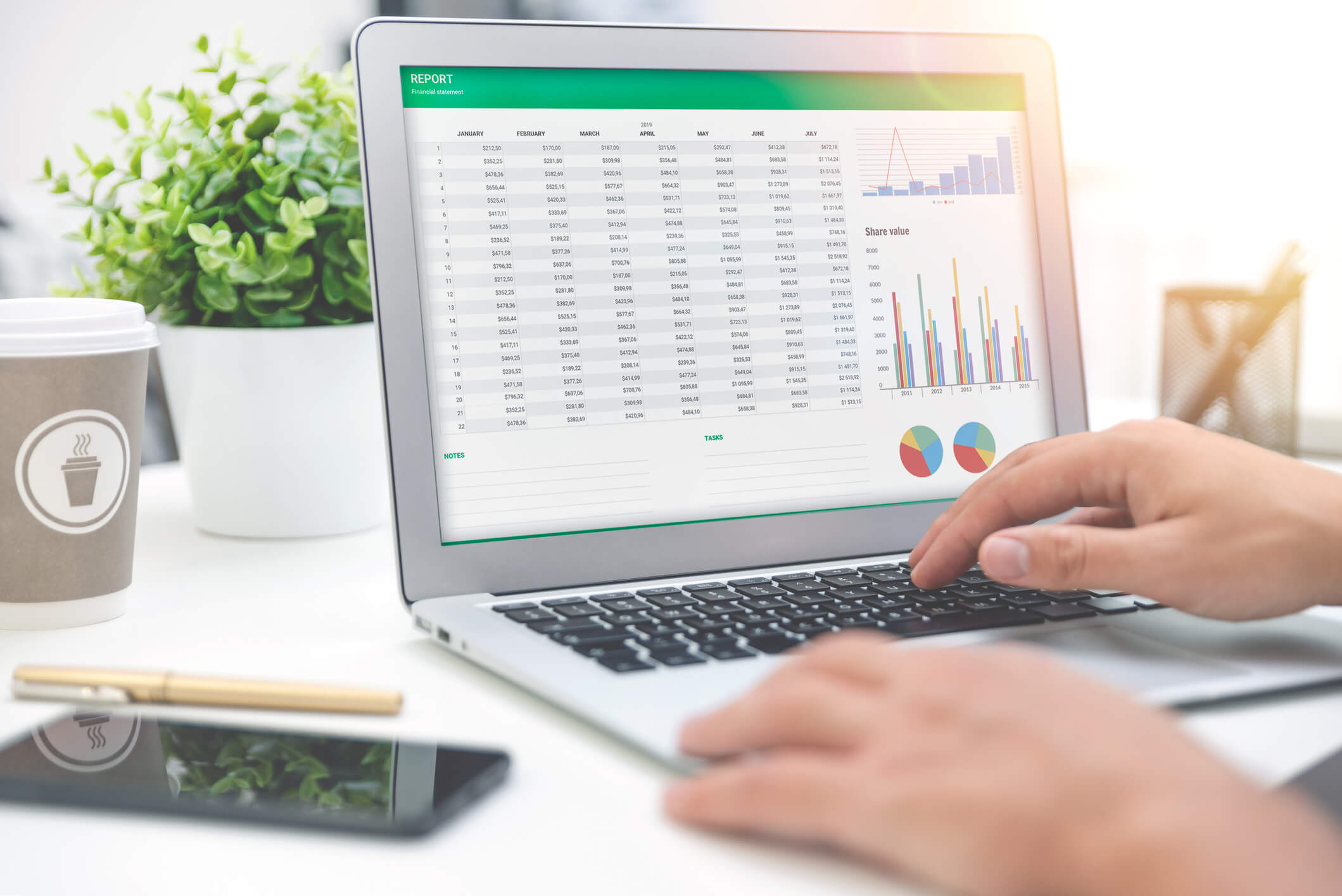A chart of accounts for a small business is an index of all accounts where its financial information is kept. Account names and numbers are where a company’s financial transactions are recorded, so it is imperative to set them up before composing the general ledger. Setting up a chart should be the number one priority for a new business setting up its bookkeeping system. Items are included in the chart of accounts depending on the scale of your business. An inventory account is a must-have for a manufacturing business. However, it will not be used for a service-based business.
When setting up an accounts chart, you must think long-term. Think of any possible scenarios that could happen five years down the road. As you go along, you will have to add new accounts to the chart because the number of employees and your business scale eventually increases. Making up the accounts chart requires you to assign a block of numbers to each account and leave blank spaces for later added ones. Below are some of the categories that may be included in the chart.
Categories for Chart of Accounts
- Assets
- Liabilities
- Equity
- Revenue
- Expenses
Assets
The accounts chart must be formatted similarly to your balance sheet format to make it easy to interpret. This account will list all of your company’s assets, starting from current assets and moving on to the fixed ones. The asset account is generally given the number 1000, which moves on in a sequence for other accounts. Your current asset account would include all your cash and receivables. Also, if you have an inventory, that would be included in an inventory chart of accounts.
Fixed asset accounts are adjusted similarly; after that, you need to account for depreciation. Your fixed assets will always go through accumulated depreciation and will always be shown as unfavorable. Buildings, vehicles, and machinery all go through depreciation, for which they must be accounted for.
Liabilities
Your company’s liabilities show your debt obligations and what you owe or may owe in the future. Just like assets, follow the same pattern for liabilities as in the balance sheet. There is a chart of accounts for a current liabilities section and a long-term liabilities section. 
Short-term debt accounts are included in the current liabilities section. Accrual accounts are also included in the liabilities that contain payroll taxes and accrued wages. Long-term debts such as mortgages are also recorded in the liabilities.
Equity
The equity account entails all of the investments made in the business. If you are the sole owner of the business, the chart of accounts for equity would only include your share. However, if you plan to bring in other investors, the chart would require you to account for the standard and preferred stocks separately. Retained earnings and gross profit accounts are also included in this section. The accounts generally start with the block sequence 3000, 3010, etc.
Revenue
The revenue account would be on the same pattern as the income statement. You will have to account for sales revenue, which is the primary income source for your business. Sales allowances and discounts should also be included along with sales revenue to have a clear picture in front of you, and all the discrepancies can be accounted for quickly.
The cost of goods sold is another essential item in the chart of accounts for revenue. Your bookkeeping needs require you to cater to all of the sales costs, supplier discounts, and other costs related to shipping.
Expenses
It is the last category of the chart and often starts with 5000. The best way to input your expenses is by adhering to the Internal Revenue Service tax form, which can be found online. It will make the work much easier when it is the end of the year and you must file tax returns. Develop a separate chart of accounts for all expenses listed in the form and any other expenses specific to your firm. Blank spaces should always be left for currently unaccounted expenses.
Conclusion
Following these guidelines will ensure that your chart of accounts is ready for interpretation and correlates with your balance sheet and income statement.
 About Complete Controller® – America’s Bookkeeping Experts Complete Controller is the Nation’s Leader in virtual bookkeeping, providing service to businesses and households alike. Utilizing Complete Controller’s technology, clients gain access to a cloud platform where their QuickBooks™️ file, critical financial documents, and back-office tools are hosted in an efficient SSO environment. Complete Controller’s team of certified US-based accounting professionals provide bookkeeping, record storage, performance reporting, and controller services including training, cash-flow management, budgeting and forecasting, process and controls advisement, and bill-pay. With flat-rate service plans, Complete Controller is the most cost-effective expert accounting solution for business, family-office, trusts, and households of any size or complexity.
About Complete Controller® – America’s Bookkeeping Experts Complete Controller is the Nation’s Leader in virtual bookkeeping, providing service to businesses and households alike. Utilizing Complete Controller’s technology, clients gain access to a cloud platform where their QuickBooks™️ file, critical financial documents, and back-office tools are hosted in an efficient SSO environment. Complete Controller’s team of certified US-based accounting professionals provide bookkeeping, record storage, performance reporting, and controller services including training, cash-flow management, budgeting and forecasting, process and controls advisement, and bill-pay. With flat-rate service plans, Complete Controller is the most cost-effective expert accounting solution for business, family-office, trusts, and households of any size or complexity.



